1. Telephone Tables

Remember those little wooden tables with the phone on top and a tiny seat attached? Back when phones had cords and were permanently stuck to one place in the house, these tables were prime real estate. You’d perch there to call your aunt or chat with your best friend after school, twirling the cord while doodling on a notepad nearby. They were a mix of furniture and function, usually placed right by the front door or in a hallway for convenience says Veranda.
But once cordless phones arrived, and especially after smartphones took over, the need for a designated phone corner vanished. The telephone table went from must-have to totally obsolete, and most were either tossed out or repurposed into odd little side tables. It’s one of those things that now feels like a relic from another world. Still, there’s something charming about the idea of a dedicated space just for talking adds House Beautiful.
2. Ice Tongs
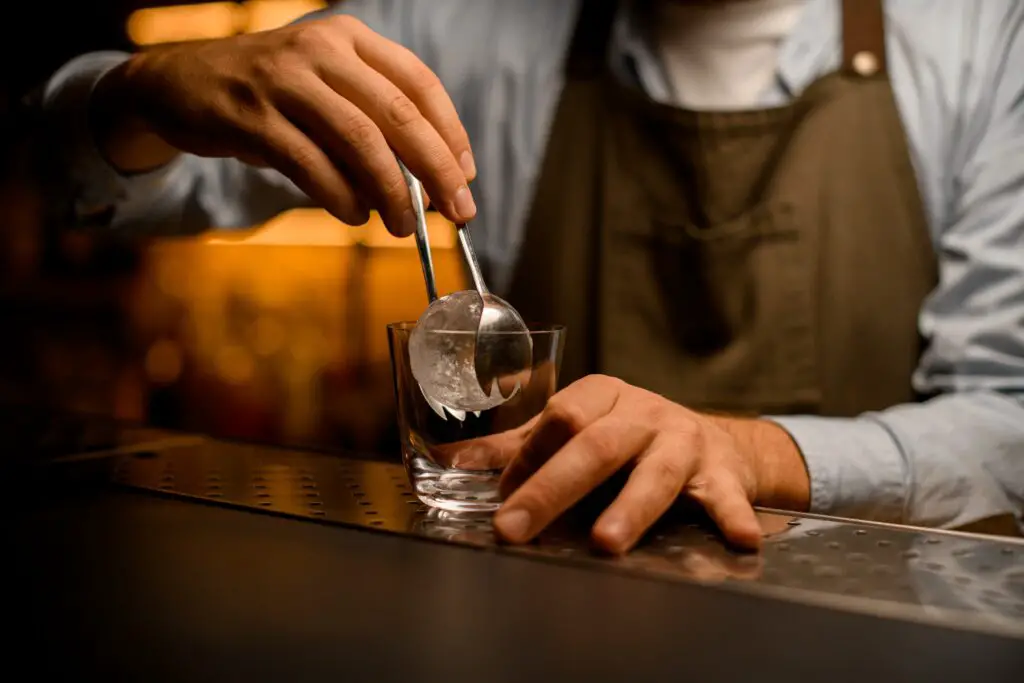
Before refrigerators came with built-in ice makers or even basic ice cube trays, people had to deal with big blocks of ice delivered straight to their homes. And to move those slippery, heavy chunks, they used ice tongs. These tools looked a bit intimidating, like something out of a blacksmith’s workshop, but they were essential for keeping the house cool and food fresh shares WSJ.
Once electric refrigerators became widespread, ice delivery faded quickly, and with it, the need for tongs. They lingered in some households as weirdly shaped paperweights or garage tools, but for the most part, they disappeared. Today, most people wouldn’t recognize one unless they spotted it at an antique store. And even then, they’d probably mistake it for something else entirely adds Food & Wine.
3. TV Antennas (Rabbit Ears)
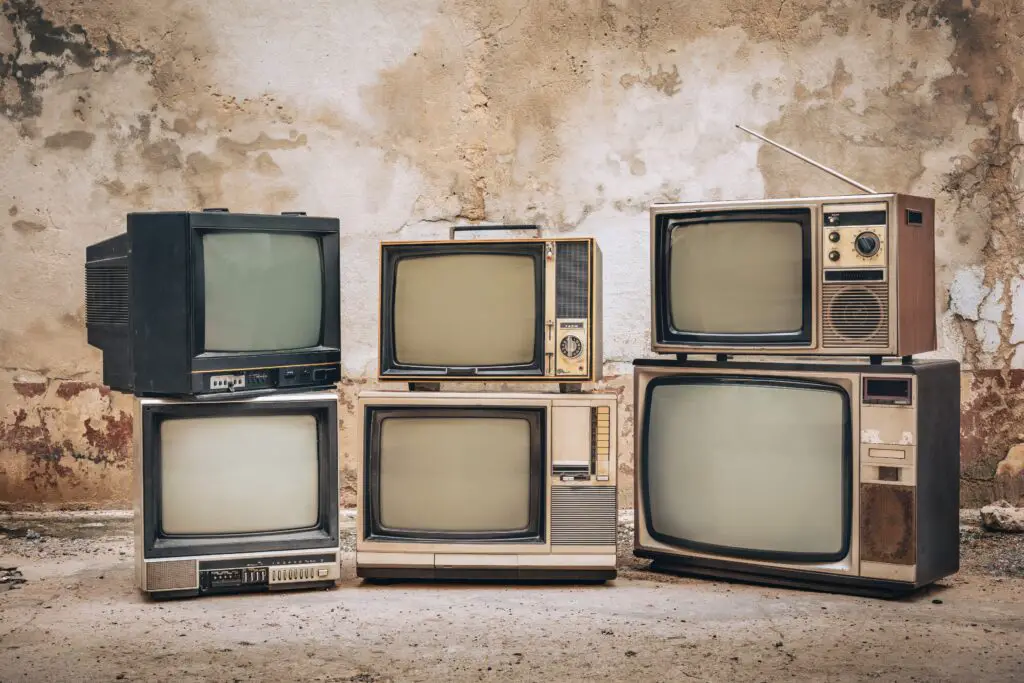
Trying to get a clear picture on the TV once meant adjusting those metal “rabbit ears” over and over, sometimes even wrapping them in foil for good luck. It wasn’t uncommon to have someone stand in just the right spot to keep the signal from going fuzzy. These antennas were often bent or lopsided, yet they were a lifeline to your Saturday morning cartoons or evening news.
But as cable TV and satellite took over, the rabbit ears lost their relevance. Then streaming came along and finished the job. They’ve all but vanished from living rooms, unless someone has one stored in a dusty closet “just in case.” It’s funny how something so central to home life just blinked out with barely a goodbye.
4. Ashtrays
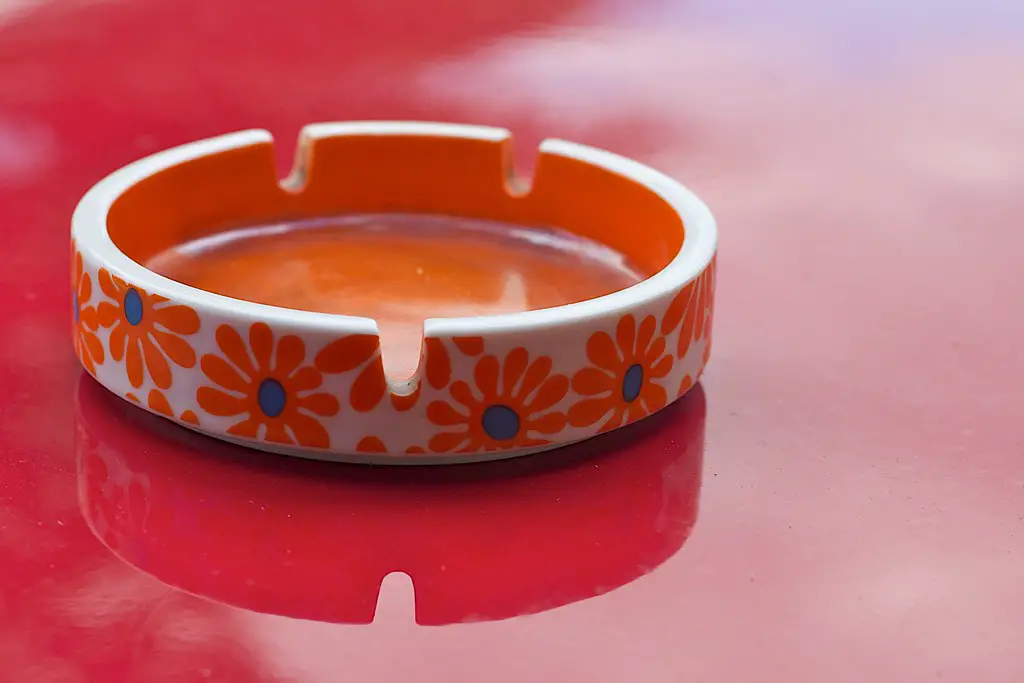
In the middle of a coffee table or perched on a kitchen counter, ashtrays were once as common as salt shakers. Some were plain glass dishes, others were quirky ceramic numbers shaped like dogs or cars, but everyone had at least a couple. Smoking was so normalized that even non-smokers kept ashtrays around for guests.
As public opinion shifted and indoor smoking bans spread, ashtrays became less and less necessary. These days, unless you’re at a vintage shop or an old-school bar, they’re almost nonexistent. Many ended up as coin dishes or backyard decor, while others just got tossed. They tell a story of how much the culture around smoking has changed.
5. Manual Can Openers with Turning Cranks
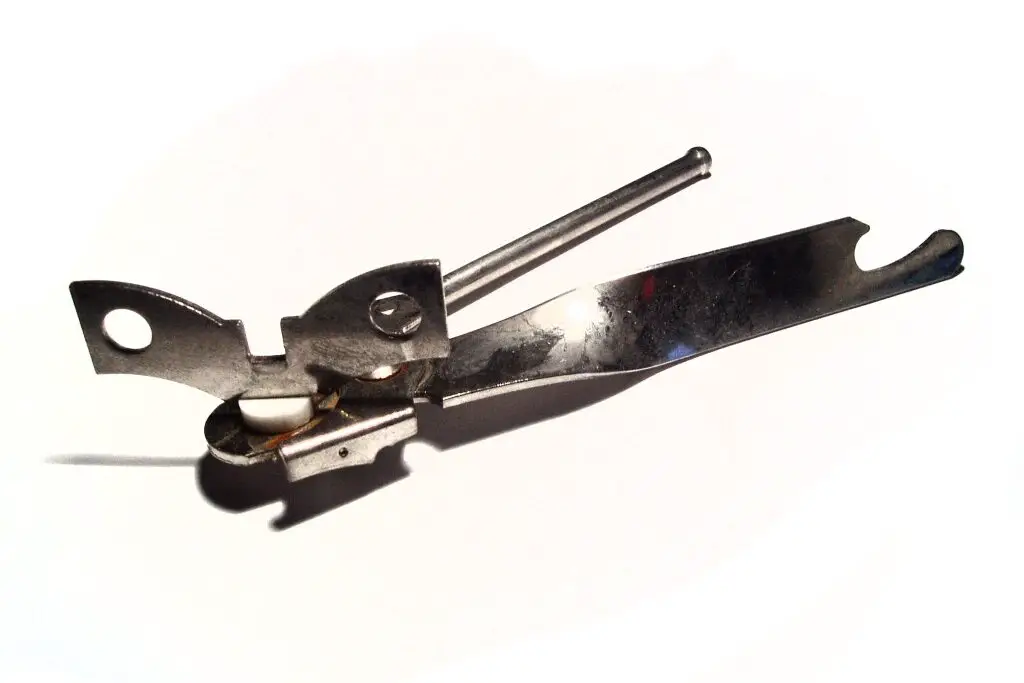
The old-school can openers with a turning crank and a little clamp were once found in every drawer. Using them took some effort, and if you didn’t have the right grip, you could end up with a hand cramp or a jagged lid. Still, it was just part of the dinner routine, especially before pre-chopped or microwave-ready food took over.
Today, electric can openers or built-in pull-tabs have mostly pushed the old cranks aside. You rarely see anyone using one unless they’re camping or digging through a drawer in a rental kitchen. Some people still swear by them for emergencies, but they’re definitely no longer the go-to tool. It’s one of those small shifts you don’t notice until it’s gone.
6. Rolodexes
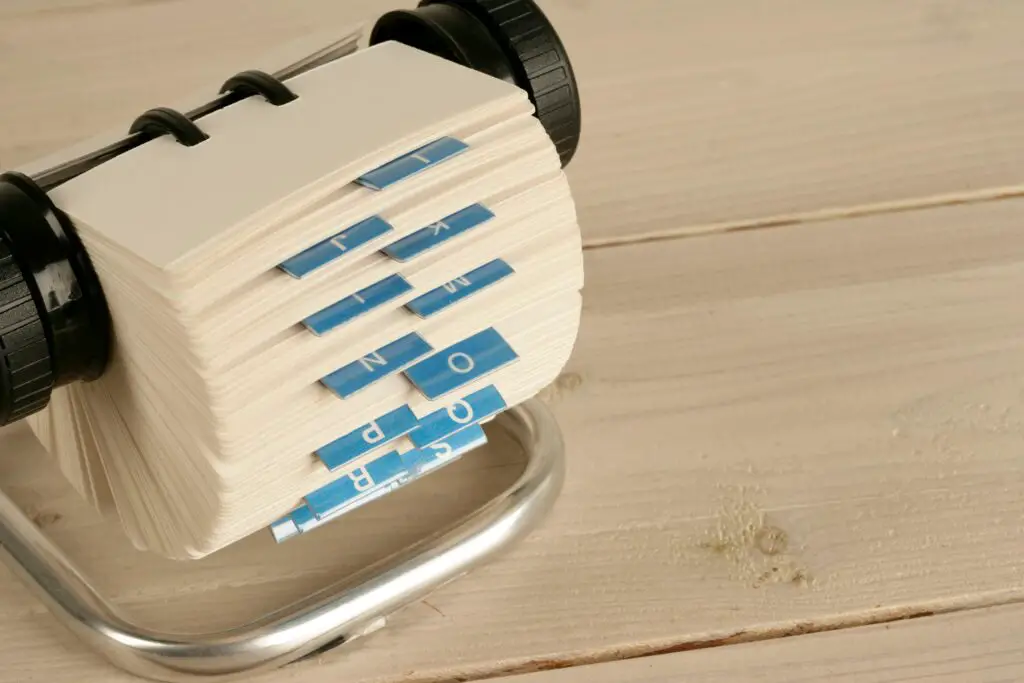
Before digital contacts and cloud storage, professionals swore by their Rolodex. Each contact had its own little card, often scribbled with extra notes or alternate phone numbers. Flicking through it felt strangely satisfying, like flipping through a mini address book on a lazy Susan. It was especially common in offices, right beside the landline.
Once email took over and smartphones arrived, the Rolodex became a dinosaur overnight. Even the phrase “put it in the Rolodex” stopped making sense. Most ended up in donation piles or office cleanouts, replaced by apps and digital directories. Still, there was something tactile and oddly personal about that spinning wheel of contacts.
7. Sewing Baskets
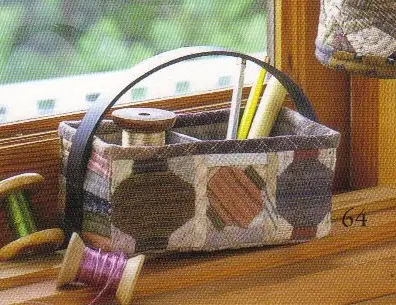
Nearly every household had a little sewing basket tucked away somewhere, filled with spools of thread, a tomato pincushion, and buttons from long-lost coats. When a hem ripped or a button popped off, you didn’t toss the item, you fixed it. It was just part of keeping a home running smoothly.
As clothes became cheaper and fast fashion took over, fewer people bothered with minor mending. Tailoring became a specialty, and sewing baskets became more of a grandma thing. You can still find them in craft stores, but they’re hardly a fixture in every house anymore. It’s one of those quiet disappearances that marked a big shift in how we think about clothing.
8. Waterbed Heaters
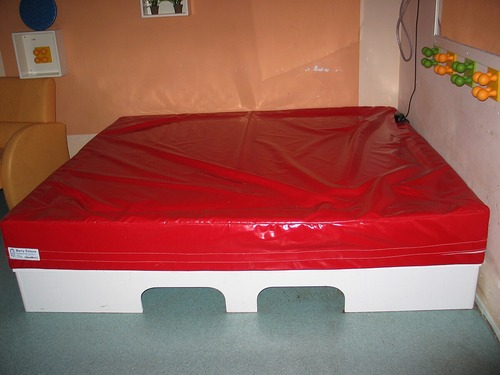
Waterbeds had their heyday in the ’70s and ’80s, and if you had one, you needed a heater to go with it. Otherwise, you’d be climbing into an ice-cold pool every night. These heaters sat underneath the vinyl bladder, keeping things toasty and cozy even in winter. For a while, it felt like the future of sleep.
But waterbeds eventually fell out of favor, partly because they were a pain to move and could spring leaks. Once they disappeared, the heaters went with them. You almost never hear about anyone using one anymore, and good luck finding a replacement part if you do. It’s a perfect example of a trend that flared up fast and fizzled out just as quickly.
9. Radiator Humidifiers

Old-school radiators made rooms warm but also super dry, so families often used little metal humidifiers that hung on the side. You’d fill them with water, and as the radiator heated up, the moisture would slowly release into the air. They weren’t fancy, but they worked well enough to keep your nose from drying out in winter.
As central heating took over, those bulky radiators and their hanging companions started to vanish. Most people today rely on electric humidifiers or HVAC systems that handle it automatically. The metal humidifiers feel like a quirky piece of the past now, often spotted only in older buildings or thrift shops. They served a purpose, but the modern world moved on.
10. Floor Model Radios

These weren’t just radios, they were furniture. Large, wooden cabinets that stood waist-high and often doubled as decor in the living room. Families would gather around them in the evenings, tuning into news, dramas, and music together. It was a social ritual in the same way streaming a new show is today.
Once televisions and portable radios came along, the floor models were quickly phased out. They were too big, too heavy, and didn’t do enough to justify the space. A few were kept for nostalgia or turned into clever storage units, but most ended up in basements or antique stores. They were beautiful in their own way, but totally impractical now.
11. Floppy Disks
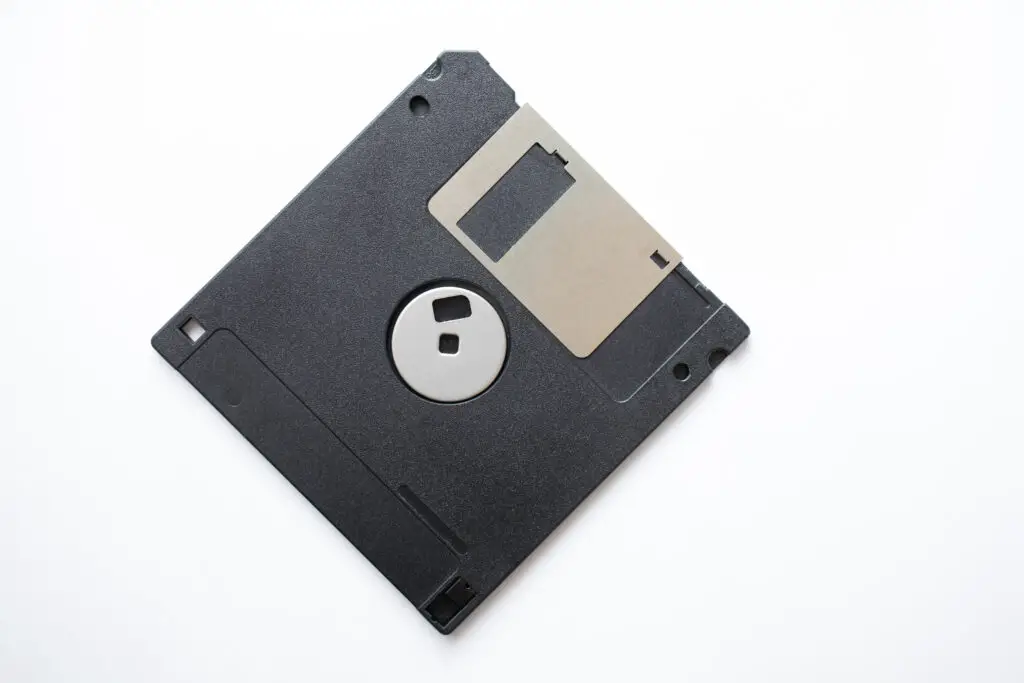
There was a time when floppy disks were everywhere, stacked next to computers and labeled with masking tape. Whether you were saving a school project or transferring files, these flimsy squares were essential. Everyone knew the pain of losing one or accidentally bending it beyond use.
USB drives, cloud storage, and email attachments made floppy disks completely irrelevant. Most modern computers don’t even have a slot for them. It’s wild to think how quickly we moved on, especially considering how crucial they once were. Now, they’re more of a retro tech curiosity than anything else.
12. Milk Chutes
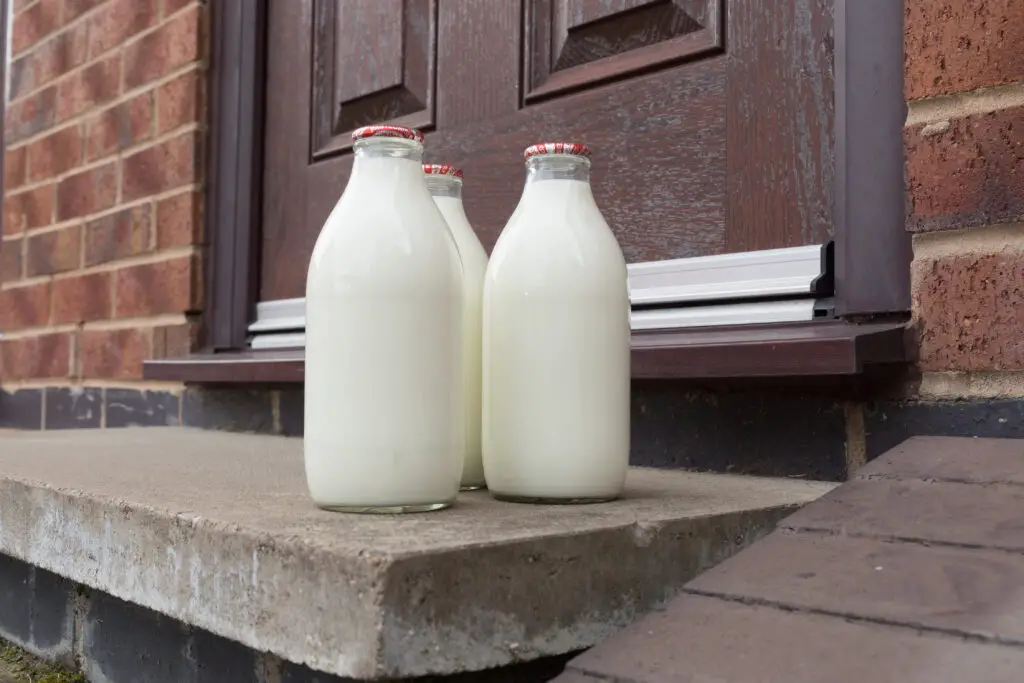
In older homes, especially in the Midwest and Northeast, you might still find little metal doors built into the wall near the kitchen. These were milk chutes, where the milkman would drop off glass bottles without entering the home. It was part of a quiet, trustworthy system that made daily deliveries seamless.
As grocery stores became the norm and home delivery faded, so did milk chutes. Many got sealed up or repurposed, and younger generations don’t even know what they were for. They’re a tiny architectural detail that tells a big story about how people used to live. A few remain as odd little time capsules built right into the wall.
13. Burn Baskets

Before paper shredders were common, homes often had a burn basket for disposing of sensitive papers, mail, or just excess junk. You’d toss items in throughout the week, then burn them in the fireplace or backyard when the basket filled up. It was equal parts ritual and housekeeping.
With modern recycling, privacy concerns, and fire safety rules, burn baskets are pretty much a thing of the past. Now we shred or digitally delete, and the idea of a home fire pile seems quaint at best. But for those who remember, it was a satisfying way to wrap up a week and clear out the clutter. You really felt like you were getting rid of something for good.
14. Cord Organizers for Landlines

Before smartphones, every landline came with a mess of cables, often coiled and unruly. That’s why cord organizers were so popular. These little plastic holders or Velcro wraps kept everything tidy, especially in households with multiple phones or fax machines. It may seem small, but neat cords really made a difference.
With wireless everything now, cord wrangling just isn’t a daily concern anymore. Most people have maybe one charging cable to deal with, and even that’s often wireless. Cord organizers are now found mostly in old desk drawers, forgotten and unused. It’s a simple piece of home life that faded quietly into history.
